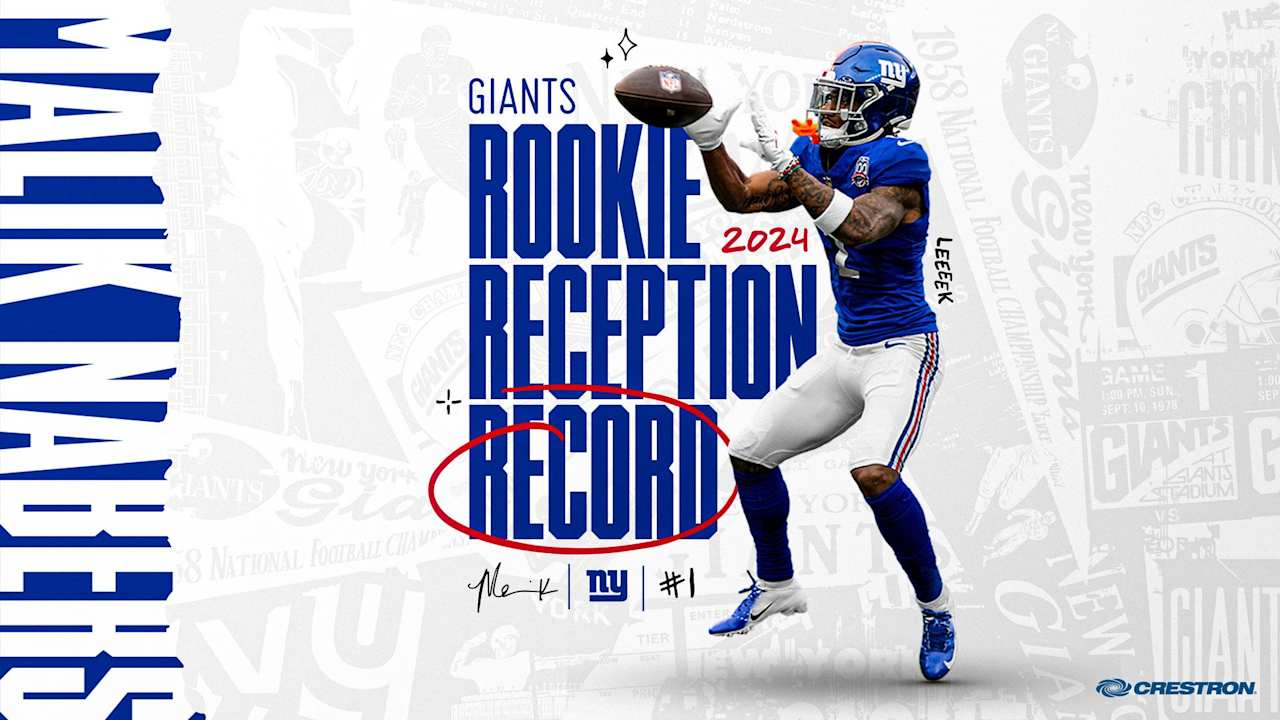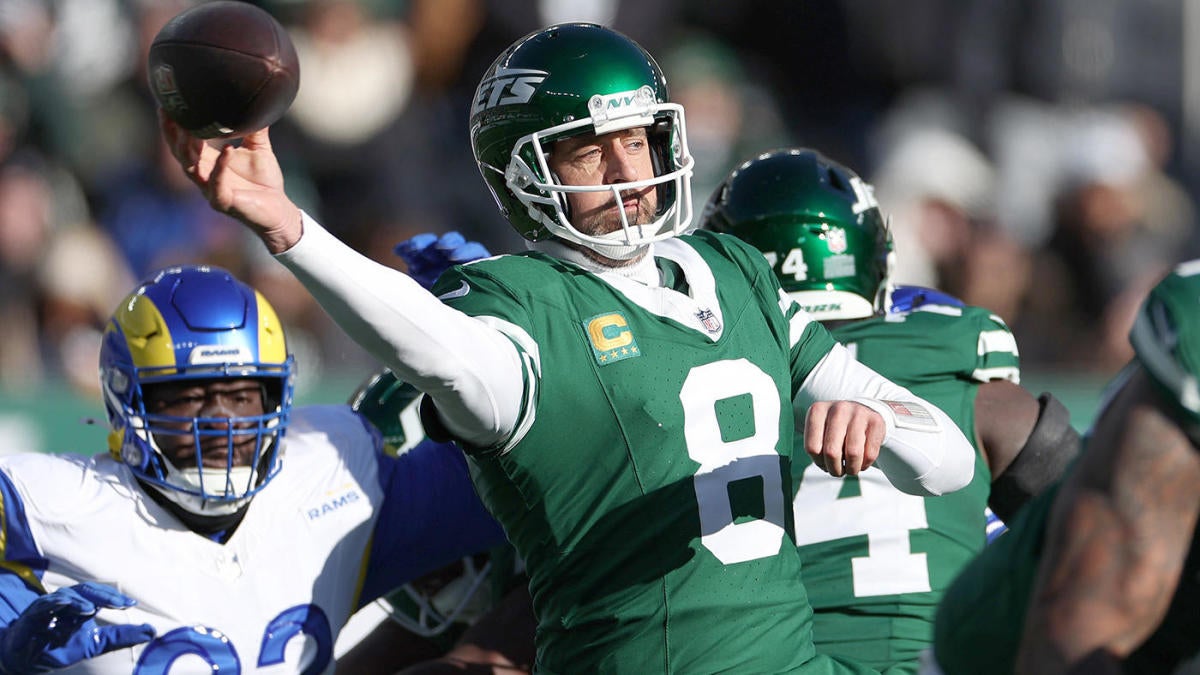World
Ed Kranepool, Mets legend who won 1969 World Series, dead at 79

Ed Kranepool, who jumped from a Bronx high school to the big leagues with the original Mets at the age of 17 and who spent all 18 of his major league seasons in Flushing, died Sunday in Boca Raton, Fla. after suffering cardiac arrest. He was 79.
Kranepool, a left-handed hitting first baseman who was a member of the Mets’ first two World Series teams, had received a kidney transplant in 2019. He also suffered from diabetes.
“He battled for so long and never complained about anything,” teammate Ron Swoboda said of Kranepool. “I thought once he got his kidney transplant things would be great. He was a wonderful guy and even better teammate. We went into the restaurant business together. I can’t believe he is gone.”
Fellow 1969 champion Art Shamsky said he was “just devastated” by Kranepool’s passing.
“I knew Krane for 56 years. We did so many appearances together. We had lunch last week and I told him I would be there next week to see him again. I’m really at a loss for words,” Shamsky said. “I can’t believe he’s the fourth guy from our 1969 team to pass this year – [Jim] McAndrew, [Jerry] Grote, Buddy [Harrelson] and now Eddie.”
Days after graduating from James Monroe High School where he broke Hall of Famer Hank Greenberg’s long-standing home run record, Kranepool signed with the Mets, pocketing an $80,000 bonus.
“I chose the Mets not only because they offered me enough money, they also presented an opportunity to make the big leagues in the shortest amount of time,” Kranepool said several years later. “For my career that was very important.”
He joined the team in Los Angeles on June 30, 1962 — the first time he had ever been on a plane — and arrived just in time to sit in the dugout and watch Sandy Koufax no-hit his new teammates. After a week of not playing, he was sent to the minors where he sampled a few levels — in reverse order, falling from Triple-A Syracuse to what was then called Class-A, all the way to Class-D.
In September and with nothing to lose en route to finishing with a 40-120 record, the Mets promoted Kranepool from Class-D Auburn where he was hitting .340. He made his major league debut on Sept. 22 when he replaced Gil Hodges, who’d later become his manager, at first base in the seventh inning of yet another loss.
He would start at first base the following day and pick up his first major league hit, a double. He finished that first big-league season, with that one hit in six at-bats.
While the Mets had hoped the signing of a fresh-faced local slugger would create some excitement around their young franchise, Kranepool struggled early on. He batted .209 in 86 games in 1963 before hitting .257 with 10 homers and 45 RBIs in 119 games in 1964 when the Mets moved into Shea Stadium.
Kranepool, who was sent to the minors on a few occasions but never for very long, later rued the Mets’ decision to rush him to the majors as a teenager.
“They shoulda left me in the minor leagues to develop, and they woulda got a better player out of it,” he once said in his thick Bronx accent. “A kid of 17 isn’t equipped to handle that pressure. They said, ‘Ed’s going to lead them from a bad ballclub to the pennant.’ One player, even a Hall of Famer, can’t do that.”
Edward Emil Kranepool was born Nov. 8, 1944 in The Bronx. His father was killed in World War II three months before his son was born and Kranepool and his sister Marilyn, 3 years older, were raised by their mother Ethel. The family survived on Ethel’s military widow’s pension and the odd jobs she worked to make ends meet.
“We were not an affluent family, obviously on a military pension, and I guess that’s why my days were spent in a playground as an athlete,” Kranepool said. “When I was 10 years of age, I joined Little League, and that was the start of my baseball career.”
He was obsessed with the game and neighbor Jimmy Schiafo, his Little League coach, stepped in and tutored Kranepool. When an 11-year-old Kranepool got a baseball glove one Christmas morning, he immediately asked Schiafo to hit him some grounders.
“My wife looked at me,” Schiafo said. “I looked at him. What could you do? He had no father. We went out to the Whitestone Bridge and I hit ground balls to him on Christmas morning. It was as cold as a witch’s backtail. But I loved it, because this kid, he ate, drank and slept baseball.”
Schiafo even drew the chalk outline of home plate on the floor underneath the rug of the Kranepool’s living room so Ed could practice his swing whenever he wanted.
A dominant pitcher as a Little Leaguer, Kranepool concentrated on playing first base and the outfield after breaking his left elbow, an injury he said never healed properly.
A growth spurt during his sophomore year at Monroe helped him become a standout basketball player. He averaged 24 points per game as a senior, and was named to the All-New York City team. North Carolina and St. John’s offered him scholarships.
But to Kranepool, basketball season was just killing time waiting for baseball to come around. In three varsity seasons at Monroe, he hit 19 home runs, nine as a senior when he broke Greenberg’s record which had stood since 1929. He signed with the Mets soon after Monroe lost in the PSAL finals.
The unmet expectations and all the losing the Mets did in those early years got to Kranepool, who was consistently platooned at first base despite promises to the contrary. He once told Swoboda of those first few seasons: “We used to celebrate rainouts.”
After leading the league in hitting in the month of April in 1965, he made his lone All-Star team. But he did not play in the game, a slight that he held against NL manager Gene Mauch for the rest of his career. He slumped after the break and finished with a .253 average, 10 home runs and 53 RBIs.
By the beginning of the 1969 season, Kranepool had taken over the first-base job. He drove in the winning run with an RBI single in the bottom of the ninth in the first game of the Mets’ memorable midseason series against the first-place Cubs at Shea Stadium.
“That was probably my biggest hit,” he said.
The Mets went on from there to blow past the Cubs, win the NL East and the pennant. But the Mets had acquired first baseman Donn Clendenon in a midseason trade and he cut into Kranepool’s playing time. While Kranepool started all three games of the NL Championship Series against the Braves, Clendenon started all but one game in the World Series as the Mets beat the Orioles in five games. Kranepool hit a home run in Game 3 — the only game he started — while Clendenon was named the Series MVP.
The following season, Kranepool had only 34 at-bats by late June and was 0-for-18 as a pinch hitter when the Mets sent him to the minors to make room for prospect Ken Singleton. He would return in August but hit just .170 for the season.
Kranepool had his best season in 1971, hitting .280 with 14 home runs and 58 RBIs. He would help the Mets to their second World Series in 1973. Sharing time at first base with John Milner and playing in the outfield some, he hit just .239. But he started the decisive Game 5 of the NLCS against the Reds in place of an injured Rusty Staub and drove in a pair of runs with a first-inning single. He had only three at-bats in the World Series that followed.
After that season, Kranepool was used primarily as a pinch hitter. From 1974 through 1978 he was one of the best in the game, batting .396 as a pinch hitter and twice hitting .300 or better as a part-time player. The Mets released him after the 1979 season.
“The best first baseman I ever played with,” former Mets pitcher Jerry Koosman said. “We knew each other so well and I could tell by his eyes if a runner was going or not. He saved me a lot of stolen bases.”
In 18 seasons, Kranepool batted .261 with 118 homers and 614 RBIs. He held the Mets record for hits (1,418) before being overtaken by David Wright and Jose Reyes, and still holds the tean record for career games played (1,853). He was inducted into the team’s Hall of Fame in 1990.
After his retirement, Kranepool, who earned his stockbroker’s license on his 21st birthday and was among the founding members of the MLB Players Association, worked in a variety of businesses in the New York area. He also became an advocate for organ donation.
“You get that call, they saved your life,’’ Kranepool said days after his surgery at Stony Brook Hospital on Long Island. “It’s like magic.”
Kranepool is survived by his wife Monica, a cancer survivor.
A frequent visitor to Shea Stadium and Citi Field after his retirement, Kranepool said he enjoyed being around the ballpark because it brought back so many fond memories.
“Your life flashes in front of you,” he said. “You remember the good old days and what you had.”




![[!LIVE-FOOTBALL@!]+ Commanders vs Eagles Live Stream ! Atlanta Falcons vs New York Giants LIVE , player stats, standings, fantasy games TV channels and more HS8079 [!LIVE-FOOTBALL@!]+ Commanders vs Eagles Live Stream ! Atlanta Falcons vs New York Giants LIVE , player stats, standings, fantasy games TV channels and more HS8079](https://www.reddotdigitalit.com/wp-content/uploads/2021/05/Streaming-Platform.jpeg)





